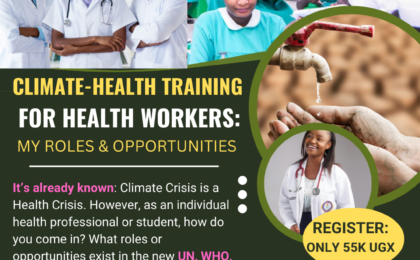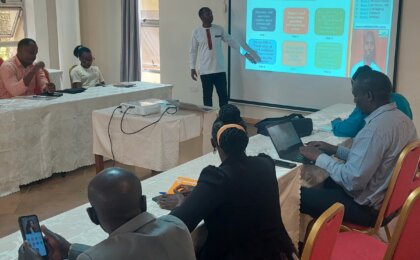3rd Delay during provision of emergency care in Kawempe National Referral Hospital
By Winfred Amulen, Midwife, Bachelor’s Degree
In brief, 3rd delay is the delay of a mother to receive appropriate care even after she has made it to the hospital or trained healthcare provider. It is one of the three delays of mothers in accessing and utilizing maternal care for improved mother and newborn health. In this short article, I will share my personal experience with 3rd delay of mothers at Kawempe National Referral Hospital. The goal isn’t to tarnish the hospital or anyone involved, but to highlight the importance of this delay and the need to urgently address it!
3rd Delay at Kawempe NRH: How it all began!
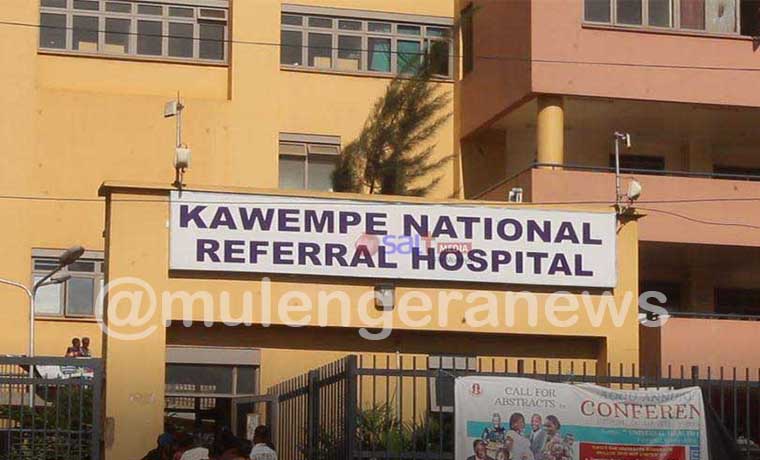
The afternoon of Thursday 12th may 2022 is a day that will remain fresh in my mind for a long time. It was the first day of clinical practice this semester in Kawempe National Referral Hospital, and five of us were allocated to gynecology emergency unit known as Annex, located on the ground floor.
During the ward round I overheard a staff saying there was a woman who looked anemic at the triage area and that they had gone to check on her. It was still a morning, around 10:18am.
However, at around 1:30pm, the same day, I was told to help remove a blood sample from a woman in an adjacent admission room. Upon reaching the room, and looking at the woman, I was utterly shocked. The lady looked excessively anemic and weak. A quick inquiry about her revealed that she was actually the other woman the staff briefly hinted on during the 10am ward round. It was 1:30pm, and the woman had not been attended to.
Quickly, I jumped into action to help. This situation got me scared, worried that anytime this woman’s condition could deteriorate. Well, unfortunately, the condition did deteriorate quickly. As I got off the samples for investigations, the woman became more restless and started even praying to her God! I knew I had to call for emergency help.
I ran to the next door and requested the doctor to come and review the woman, and may be recommend or do something. It didn’t work; the doctor was also engaged with another emergency. So, I called upon my colleagues (student midwives) for help, which they responded to promptly.
READ THIS TOO: How to handle difficult patients
I quickly set up a line for fluids to run slowly, and ran to the laboratory which was on the 2nd floor. Lifts were not readily available for use then. So, one needed to climb stairs to whatever hospital floor she wanted to go to. Fortunately, at the laboratory, Complete Blood Count (CBC) was done. Hemoglobin count was 2.8g/dl. I was alarmed! Bearing in mind that the normal range should be 12-18g/dl, I was momentarily in a daze. I quickly requested for blood and was wondering if, even as I waited for blood, the woman’s condition was not worsening.
When I got blood, I half ran back to the ground floor determined to do everything to save her life. So, I set up a blood transfusion immediately. As transfusion went on, I slowly asked her for some brief details about herself. I also went to get a doctor to review her, this time hoping to snatch him from whatever work he would be doing since I had the scary HB results. Thankfully, the doctor responded and came to review the patient. He ordered for an ultra sound scan.
Now, the drama begins. Together with my colleagues, we go in search for a wheel chair to wheel the patient to the second floor where the ultra sound scan was to be done. Alas! After a little moving up and down and asking here and there, we were still unable to get any wheelchair or trolley! So, we ended up getting a bed, which also was not in function. The tires were not able to move properly; they clearly needed oiling.
As if that wasn’t enough, the bed was a little big, and couldn’t be entered into the room where the woman was. The woman was also too weak to move to the bed in the corridor. So, we had to drag the bed of the examination room outside and lift the woman off to the big bed outside for transfer. We did this successfully. Sadly, here comes another delay: Upon reaching the lift, to our dismay, the bed was unable to fit inside the lift. So, the 3 of us had to push the bed with the woman on it from the ground floor to the 2nd floor.
Luckily, panting and breathless, we arrival at the scan area. I was quickly moved to get the scan staff to work on her. By this time, the woman was becoming disoriented even though we had brought her with her blood transfusion running. We waited a moment as she underwent the procedure. Unfortunately, the scan results showed another emergency, a leaking ectopic pregnancy! There was need for an emergency cesarean section.
Wheeling our patient back to ground floor, doctor was informed of findings and we quickly prepared the woman for theatre.
Another delay happened! As the woman was on the theatre table, I went back for another unit of blood. Apparently, the blood sample had been misplaced. I had to enter the laboratory and, together with the lab technician, look for the sample. After minutes of searching, I found the sample, and another blood unit was given to me. I ran back to the theatre to transfuse my patient.
3rd Delay at KNRH: Evaluation
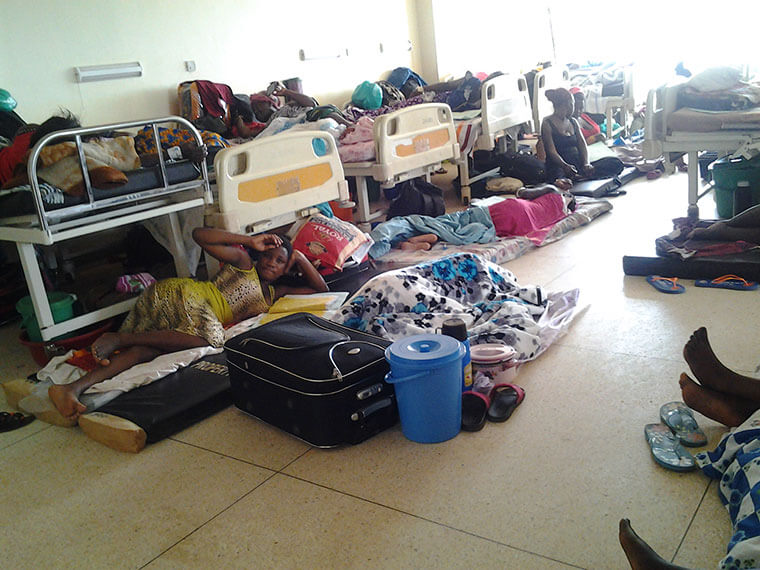
This incident stood out because the woman was severely sick in that she could easily lose her life in case she didn’t receive urgent intervention at all levels of her management. However, with the urgency that this issue required, we still experienced delays. There are 3 major delays during seeking of health care. The first being the delay in decision to seek health care, second is the delay in reaching the health care facility, and the last one is the delay in receiving adequate health care. It was disappointing to fall short on our side of offering timely adequate care.
In this scenario, the delays during her course of management were worrisome. First of all, since her arrival that morning, the first midwife who saw her at 10:18am was unable to recognize the seriousness of her condition, then even after recognizing the seriousness of the condition late at around 1:30pm, there was delay in accessing the laboratory results, first, because the lab was far from the emergency unit, and also because it was serving the general hospital, and thus very busy.
Then, came the delay in timely accessing the ultrasound scan attributed to shortage of resources. In this case, lack of wheel chair, trolley, and emergency lift to quickly reach the 2nd floor for the scan were the issues. Additionally, there was shortage of staff given the fact that we had only two doctors that day. Every time one needed a doctor, he was busy and unavailable.
The fact that the current staff on duty did not really act fast even after recognizing that the woman was an emergency case was really disturbing. Secondly, even after we told them that the woman, we were managing was an emergency, no Kawempe staff seemed ready to act.
Given that I originally work in the Neonatal Intensive Care Unit (NICU) in private setting where preparation, caution and urgency are applied during emergency situations, I was a bit angered and dissatisfied with the response of the staff on duty. However, the experience I had, backed up my quick response and sense of the adverse effects in case of failure. This kept us on our toes until the woman’s condition was stabilized from theatre.
The good thing is that despite the delays in between the provision of emergency care, we (student midwives) were able to act as a team to save the life of this woman. Additionally, though few doctors were on that shift, at least they were cooperative and responded when consulted. It was a very good thing that this woman was able to get blood from the lab quickly. The ultrasound scan staff also prioritized us when we arrived, and later on an emergency cesarean section was carried out successfully and the life of this woman was saved.
3rd Delay at KNRH: Analysis
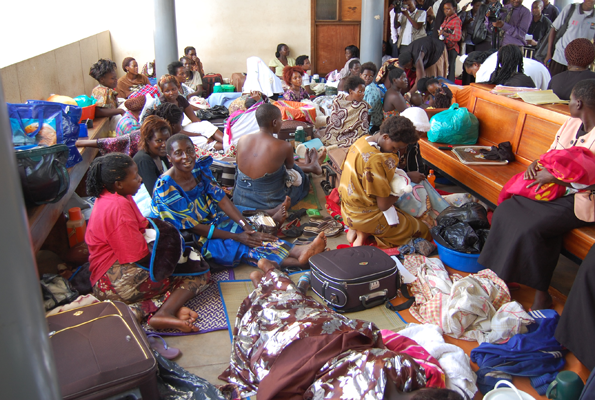
According to World health organization WHO (2015), the three-delay model puts emphasis on the three factors mostly affecting the outcome of emergency readiness throughout pregnancy. These delays are, delay at decision making level, delay at identifying and accessing the health facility, and delay at receiving adequate health care. In order to reduce on the impact of the third delay, WHO (2022) emphasizes the need for health care providers at the emergency units to prioritize an integrated approach to recognize early emergency conditions and offer resuscitation to reduce the impact of these conditions.
In a study done by Rodolfo et al. (2014), findings showed that 25.7% of the delays in getting obstetric care were associated with quality of health care at the health unit. Furthermore, in another study of why women were dying even after reaching the emergency unit, it was discovered that inadequate training/skills (86%), staff shortages (60%), drug procurement/logistics difficulties (65%), lack of equipment (51%) and low staff motivation at 44% were culprits (Hannah, Alice & Stephen, 2013). These issues played out in our case scenario.
Similarly, another study found out that shortages of staffs, essential equipment, medicines and blood as well as inadequate management, late or wrong diagnosis and incorrect actions were the most common causes of the third delays (Mismay & Morrow, n.d.). Unfortunately, the ‘Third delay’ in receiving emergency obstetric care (EmOC) is still a major challenge in most hospitals in Uganda. This has created a great gap in the provision of basic obstetric emergency care and comprehensive obstetric emergency care services in the country.
In this case scenario, I think there was delay in recognizing the critical condition this woman was having. Due to this delay, the woman’s condition became worse as she was waiting to be attended to. Usually, the first health worker to identify her should have initiated her management there and then.
Also, it is possible that, maybe, this woman’s condition deteriorated earlier before her arrival at the hospital. In her history, she reported her condition to have started one week earlier, meaning there was a first delay at decision to seek health care.
In this case scenario, I should have followed up on that mother when I overheard the midwives point out that there was a mother that looked anemic at the triage area at 10:18am. Being in an emergency unit necessitates quick response to every alarm that calls for attention. Nevertheless, I still managed to recognize the woman was severely anemic at my point of contact with her at 1:30pm, and knew right away that she needed a blood transfusion. I initiated an emergency action that lasted until she was out of danger. I stayed with her throughout that emergent journey.
3rd Delay at KNRH: Conclusion

The three delays are all important aspects to observe at all levels. However, the third delay, which is the delay to receive adequate emergency care services after reaching the health facility is very critical. It would be quite disappointing and traumatizing to lose a life of a patient that came in walking and, due to delays at the facility level, ended up dead. I leant that it is vital to quickly triage patients and identify those that needed emergency care and without delay do the necessary investigations and thus offer the resuscitation and treatment as per patient needs.
It was also, an eye opener to realize that lack of adequate functional equipment to use together with failure for the unit’s organization of where to access these resources can create unnecessary traffic in the unit as workers search for what to use here and there. In the long run, this causes delay in delivering care.
I intend to focus my attention on the ability to acquire more skills in early recognition of emergency conditions, and prioritize actions during the provision of emergency care as per patient needs (WHO 2022).
In any future scenarios, I will put my emphasis at the triage area while in the emergency unit and clearly identify any women who need emergency care and direct them to rooms where we can offer the care from.

